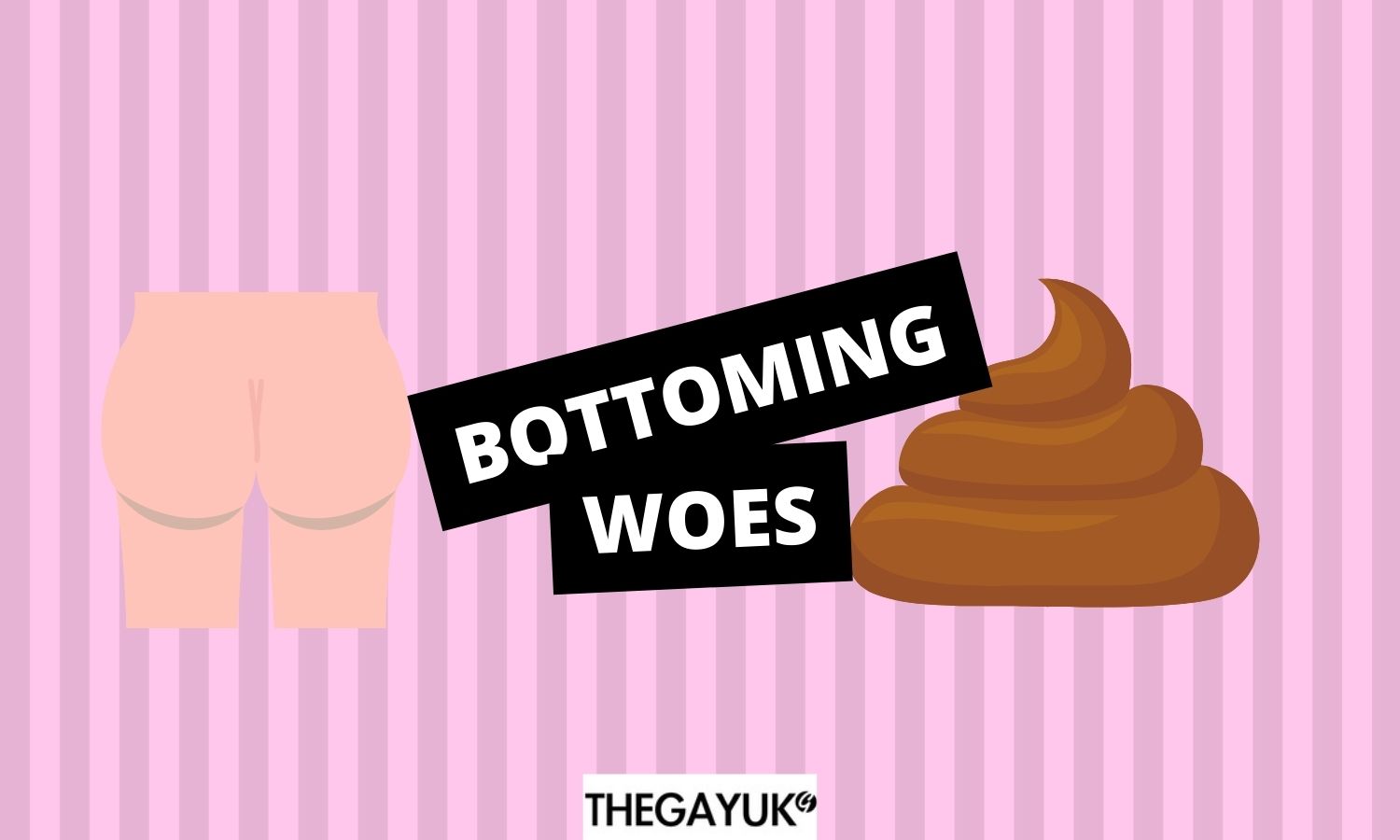Here’s the thing. Your sphincter is a muscle and like any muscle it needs working out to remain healthy and strong.
The”sphincter” refers to a ring-like muscle that normally maintains constriction of a natural body passage or orifice and that can relax or contract as necessary. Sphincters are found throughout the body and play various roles in controlling the passage of substances. The one we’re talking about is in your anus – and stops you from pooing yourself.
It’s always in the back of your mind when you’re bottoming. I know you’re asking yourself, “Will the pounding I receive today, be the forever loosening of my butthole?” Yes, there are the jokes about being loose and there’s even *that* myth that gay men who bottom end up having to use tampons –
The answer is relatively simple.
Keep that booty in a healthy condition and no it won’t lead to a lifetime of pooping uncontrollably.

So how can you keep your booty in good working order?
Strengthening the sphincter muscles, particularly the pelvic floor muscles, can be important for various reasons, such as improving bladder or bowel control.
Here are some exercises that can help target and strengthen these muscles, especially if you enjoy anal sex.
- Kegel Exercises:
- Kegel exercises are a common way to strengthen the pelvic floor muscles, which include the muscles around the anus.
- To do Kegel exercises, contract the muscles you would use to stop the flow of urine. Hold the contraction for a few seconds and then release. Repeat this several times in a row.
- Pelvic Floor Exercises:
- Lie down on your back with your knees bent and feet flat on the floor.
- Tighten the muscles around your anus and urethra as if you are trying to lift them upwards.
- Hold the contraction for a few seconds and then relax.
- Repeat these contractions, gradually increasing the duration of the hold as your muscles become stronger.
- Biofeedback:
- Biofeedback therapy involves using electronic sensors to provide feedback on muscle activity. This can help you identify and isolate the muscles you want to target.
- Working with a pelvic floor physical therapist can be beneficial for personalized biofeedback training.
- Squats:
- Squats can engage the muscles of the pelvic floor. Stand with your feet shoulder-width apart and lower your body into a squatting position. Keep your back straight and chest up.
- Bridge Exercise:
- Lie on your back with your knees bent and feet flat on the floor.
- Lift your hips off the floor, creating a straight line from your shoulders to your knees.
- Squeeze your glutes and engage your pelvic floor muscles during the lift.
- Yoga and Pilates:
- Certain yoga and Pilates exercises focus on core strength and can engage the pelvic floor muscles. Consider incorporating these into your fitness routine.
It’s important to note that these exercises should be done with proper form, and it’s advisable to start with a level of intensity that matches your current fitness level. If you have any concerns or existing health conditions, it’s recommended to consult with a healthcare professional or a pelvic floor physical therapist before starting a new exercise routine.
Consistency is key, and it may take some time to notice improvements. If you’re unsure about the best approach for your specific situation, seeking guidance from a healthcare professional is crucial.



